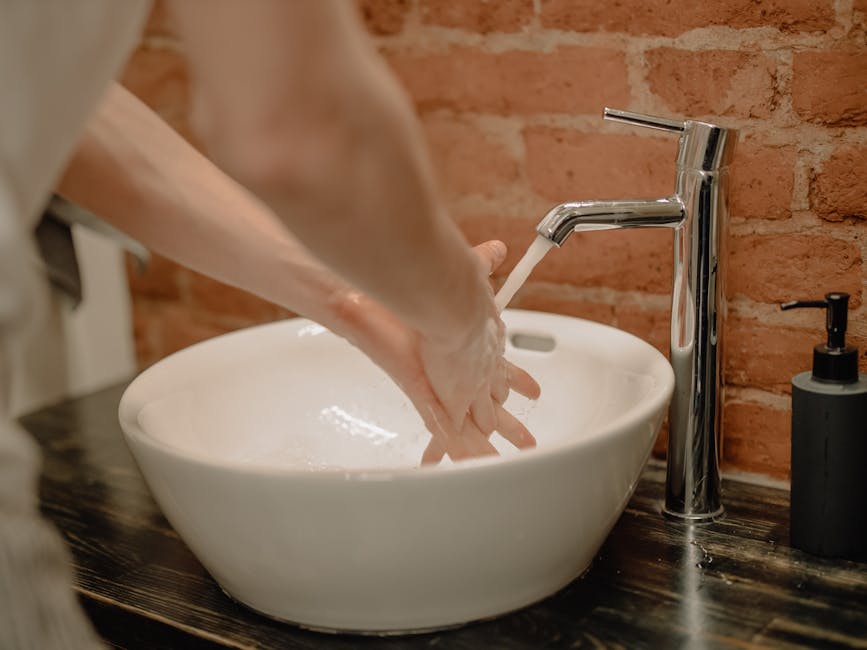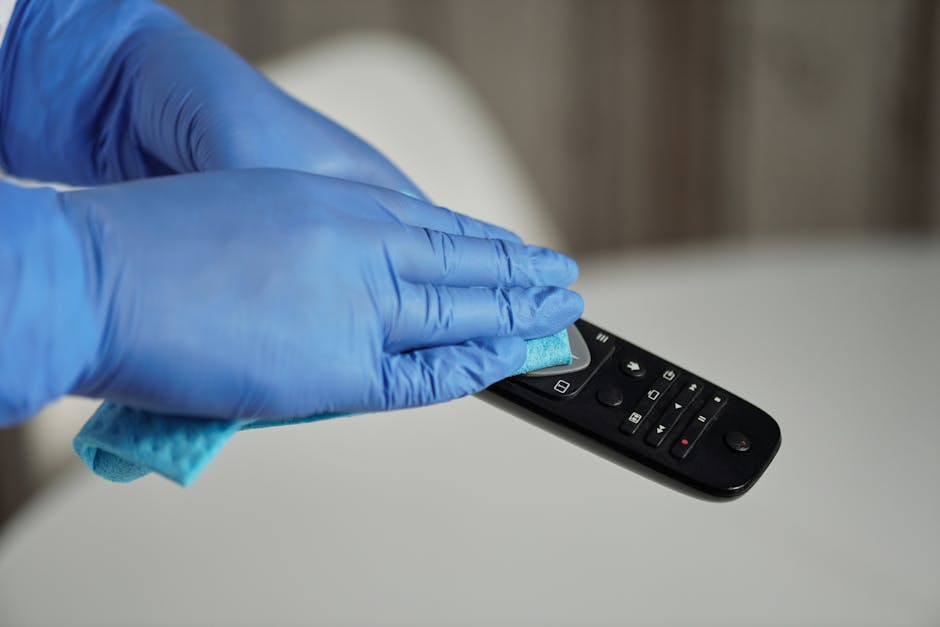5 Essential Cleaning Practices For Healthcare Clinics: A Guide By All Ways Clean
In recent years, the importance of maintaining a hygienic and germ-free environment in healthcare clinics has become more crucial than ever. Infection prevention and control practices are now at the forefront of providing effective patient care in these facilities. As a healthcare clinic administrator or employee, you may be aware of the necessary cleaning protocols, but it can be challenging to ensure that they are consistently and thoroughly implemented.
In this guide provided by All Ways Clean, we share five essential cleaning practices that can significantly reduce the risk of infections and maintain a safe space for both patients and staff alike. From high-touch surfaces to proper waste management, these best practices will empower you with the knowledge and confidence to keep your healthcare clinic environment in pristine condition.
Ensuring Proper Hand Hygiene by Healthcare Staff

Ensuring proper hand hygiene among healthcare staff is a non-negotiable aspect of maintaining a clean and safe healthcare clinic. This simple practice plays a vital role in preventing the spread of infections and protecting patients.
To uphold a high standard of hand hygiene, staff should wash their hands with soap and water for at least 20 seconds, using proper techniques to cover all parts of the hands. Frequent hand-washing is crucial – especially before and after patient contact, after touching surfaces or equipment, and before donning or removing protective gloves.
In addition to regular hand-washing, healthcare professionals should also take advantage of alcohol-based hand sanitizers, which can offer a quick way to clean hands between tasks. It’s important to keep sanitizer dispensers readily available throughout the clinic to encourage regular use.
Lastly, routine training and reminders on the importance of hand hygiene can help foster a culture of cleanliness and safety within the healthcare facility. By making proper hand hygiene a priority, healthcare clinics can reduce the potential for infection and ensure a safer environment for both staff and patients.
Regular Disinfection of Surfaces and High-Touch Areas

Regular disinfection of surfaces and high-touch areas is crucial to maintain a safe and clean environment in healthcare clinics. This practice should be done frequently, as bacteria, viruses, and other pathogens can easily spread in these spaces.
To start, make sure to disinfect all horizontal and flat surfaces, such as countertops, desks, and tables. Focus on areas that come into contact with patients or staff members. This includes light switches, door handles, keyboards, computer mice, and telephones, as they can harbor harmful germs.
Cleaning staff should use EPA-registered disinfectants that are suitable for healthcare settings, ensuring that they follow the manufacturer’s guidelines for application and contact time. These disinfectants must be applied regularly, especially during times of increased patient traffic or during flu season.
Remember, proper disinfection not only helps prevent the spread of infections and diseases among patients but also protects the health of clinic staff. With regular cleaning routines in place, healthcare clinics can provide a safe and comfortable environment for all.
Safe Handling and Disposal of Medical Waste

Proper management of medical waste plays a critical role in ensuring a safe and sanitized clinic environment. Implementing safe handling guidelines is therefore a top priority for healthcare establishments, in order to protect staff, patients, and the general public from potential infections or health risks.
Firstly, healthcare personnel should be trained on the correct processes, including the use of appropriate personal protective equipment (PPE). Utilizing puncture-resistant containers for the disposal of sharp items such as needles and scalpels is crucial.
Regularly scheduled pickups by licensed medical waste disposal services are a must, ensuring that waste gets timely and proper treatment. Labeling waste containers with biohazard symbols and segregating infectious and non-infectious waste are two other indispensable measures that promote safety and prevent cross-contamination.
Lastly, clearly defined policies and procedures must be in place, with staff receiving continuous education to stay abreast of industry regulations, further guaranteeing the highest level of safety and compliance.
Implementation of a Regular Deep Cleaning Schedule

Implementing a regular deep cleaning schedule is vital for maintaining a hygienic environment in healthcare clinics. This ensures that all surfaces, equipment, and high-touch areas are thoroughly cleaned and disinfected to prevent the spread of infections.
Start by establishing a daily, weekly, and monthly cleaning plan that covers all areas of the clinic. This will include tasks such as cleaning and disinfecting patient rooms, exam areas, restrooms, and staff areas.
Consider allocating specific tasks to designated staff members, and ensure they are trained in proper cleaning procedures. Provide them with appropriate cleaning equipment and supplies, and encourage them to report any issues or concerns.
Remember to inspect the clinic premises regularly to ensure that cleaning measures are being followed. This will help identify any areas that require extra attention or improvement and help maintain a consistently clean and safe environment for both patients and staff.
Utilizing the Right Cleaning Products and Techniques

Utilizing the right cleaning products and techniques is crucial to maintaining a safe and hygienic environment in any healthcare clinic.
Start by selecting cleaning agents that are specifically designed for healthcare settings. These products should be able to tackle a wide range of pathogens while remaining gentle on surfaces and equipment.
Additionally, familiarize yourself with the proper usage and dilution ratios for each product to ensure optimal efficacy.
Incorporate microfiber cloths and mops in your cleaning routine, as they are proven to be more effective in capturing and removing bacteria than traditional materials.
Lastly, healthcare clinics should follow a color-coded system to minimize cross-contamination between different areas (e.g., using different colored cloths for restrooms, waiting areas, and exam rooms). By employing the right cleaning products and techniques, you can ensure a cleaner, safer space for both staff and patients.
All Ways Clean has established itself as a leading provider of healthcare and commercial cleaning services in the Central Coast area for more than 20 years. To learn more about our services and get started, simply click the button below:
Follow us on social media:
